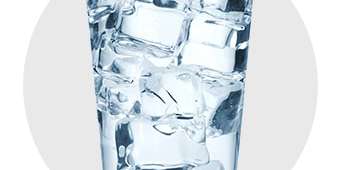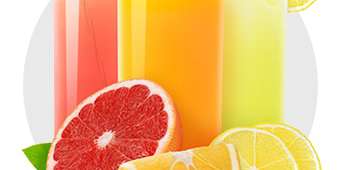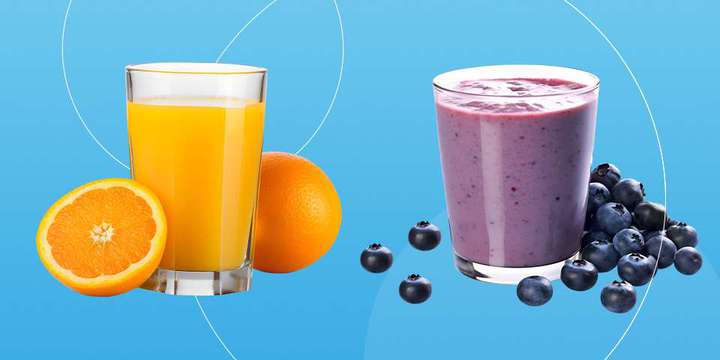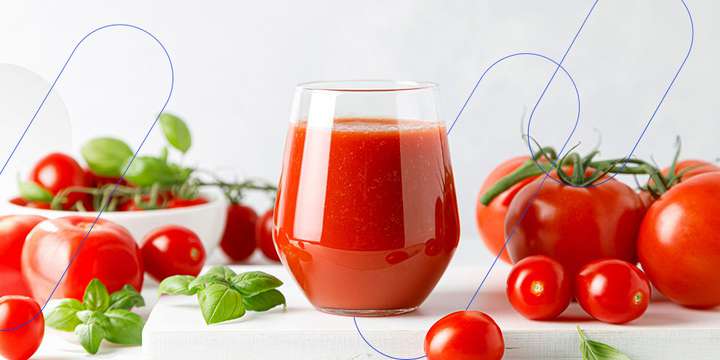1. Color Measurement Best Practices Exist for Quality Control
The tomato grading process holds tomatoes and tomato products to specific standards. This system also helps set the price for these goods and influences how producers store, ship, package, and market them. The United States Department of Agriculture (USDA) uses color classification when grading tomatoes at different ripening stages. This objective scoring system determines tomato maturity and quality. It’s such a strong indicator of quality that 30 of the 100 grading points are attributed solely to the color.
2. Tomato Juice Color Affects Consumer Perceptions
Food color influences our perception of taste and quality. People process visual information first when they eat or drink. In addition to enhancing the experience of enjoying the product, color affects people’s perceptions before purchasing. Consistency in your tomato juice color creates a sense of confidence in your customers. This quality also helps build brand trust and support your marketing message, boosting sales and creating loyal customers.
3. Spectrophotometers Help You Determine Lycopene Content
Lycopene is the chemical that gives tomatoes their vibrant red color. An accurate lycopene measurement can quantify the health benefits of your tomato products. Consistent lycopene content indicates a ripe, red tomato and reveals that the color and grade of the product are also uniform.
The ColorFlex L2 Tomato spectrophotometer can determine the lycopene content in tomatoes. The instrument accomplishes this task by illuminating the sample with a xenon flash lamp and providing concrete numerical results.
4. You Can Measure Tomato Juice Color in Three Easy Steps
Consistency, reliability, and objectivity are critical when measuring the color of your tomato juice. With a state-of-the-art spectrophotometer, you can meet these requirements with every measurement. The ColorFlex L2 Tomato condenses the process into three simple steps:
- Pour some product into the sample cup.
- Click the cup into the open sensor port to stabilize it.
- Press the “read” button.
Within four seconds, you’ll have all the information you need to identify and correct discrepancies, strengthening consumer perceptions and elevating your brand with consistently high quality.
5. Choosing the Best Instrument Is Vital for Accurate Measurements
Measuring the color of your tomato juice is critical to indicate consistency, quality, and flavor. The ColorFlex-Tomato measures color in a way that accounts for the way humans see color. This portable spectrophotometer is the ideal choice for testing in the field, and it can also measure non-tomato-based products.







